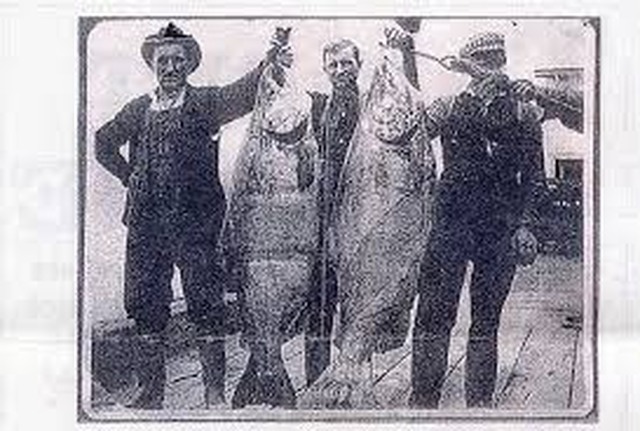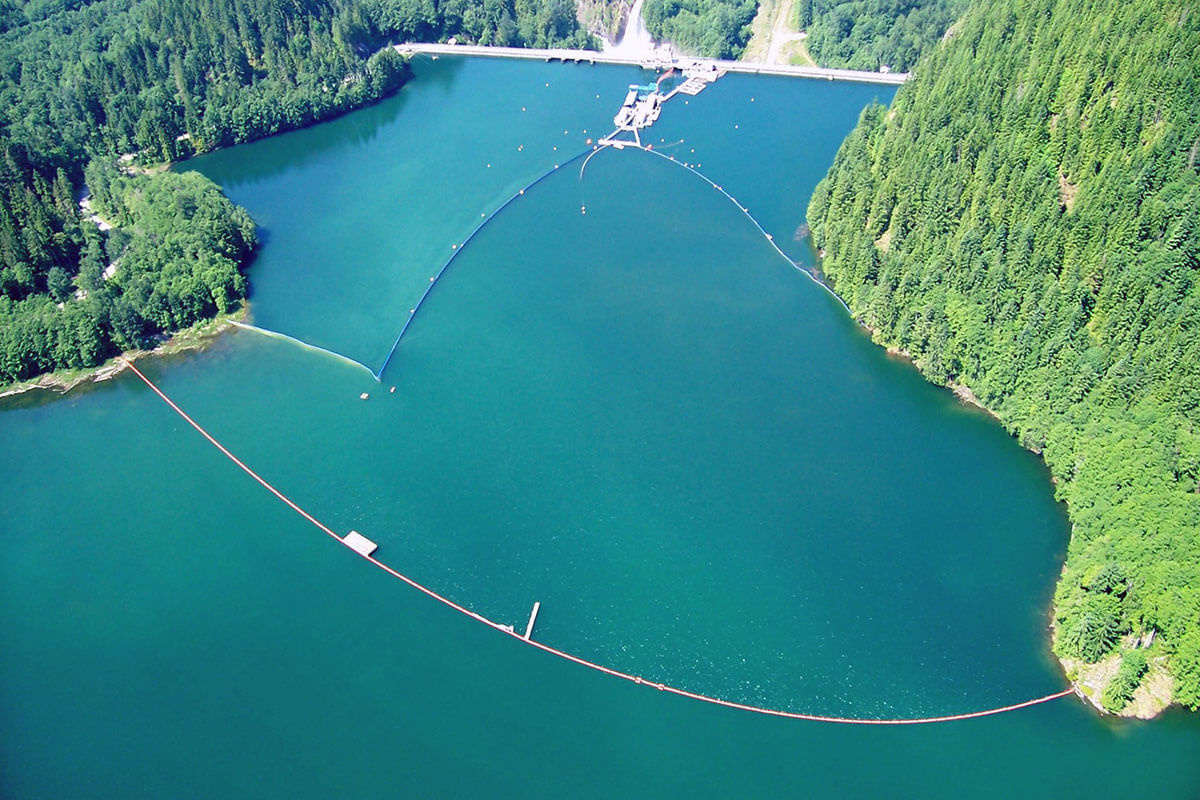Hilljackoutlaw
Well-known member
- Joined
- Jan 15, 2019
- Messages
- 7,201
Ok guys you can all sign off now the great Buzz has spoken. All the questions we've all been bantering about have now been answered. No need to ask further questions the great Buzz has the answer before you even ask you just need to think it. 






